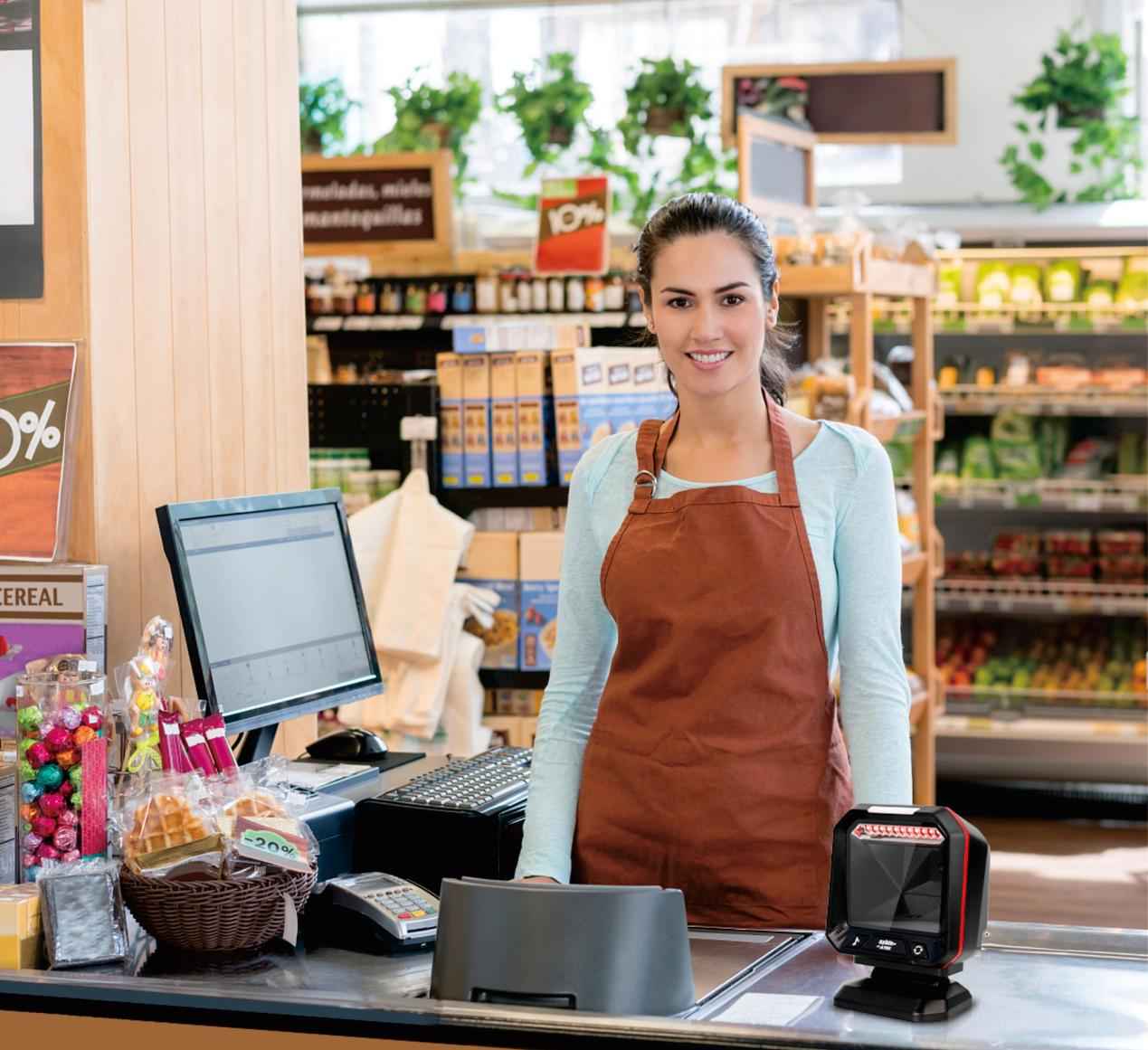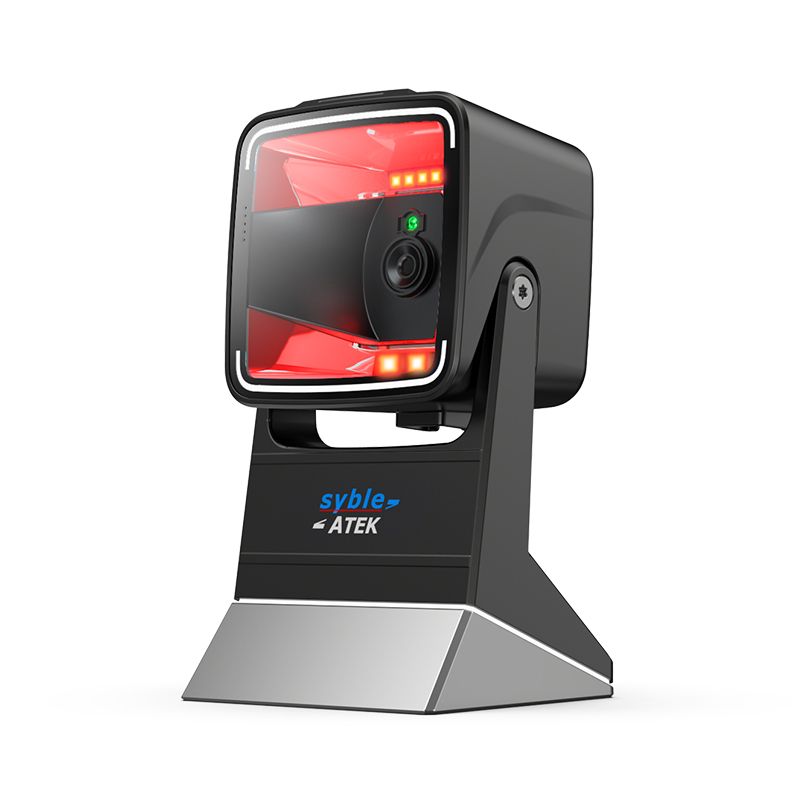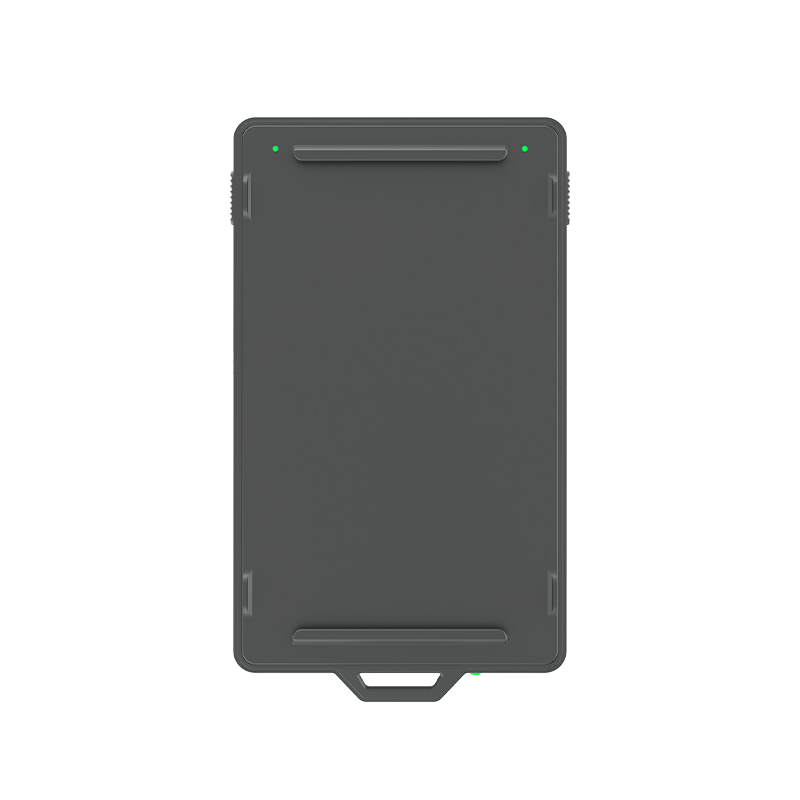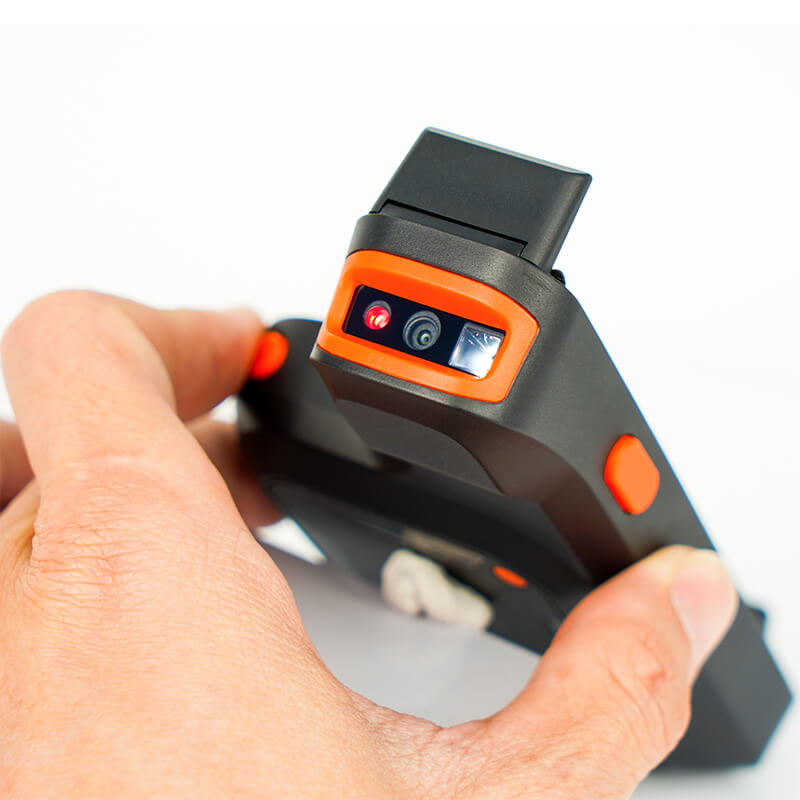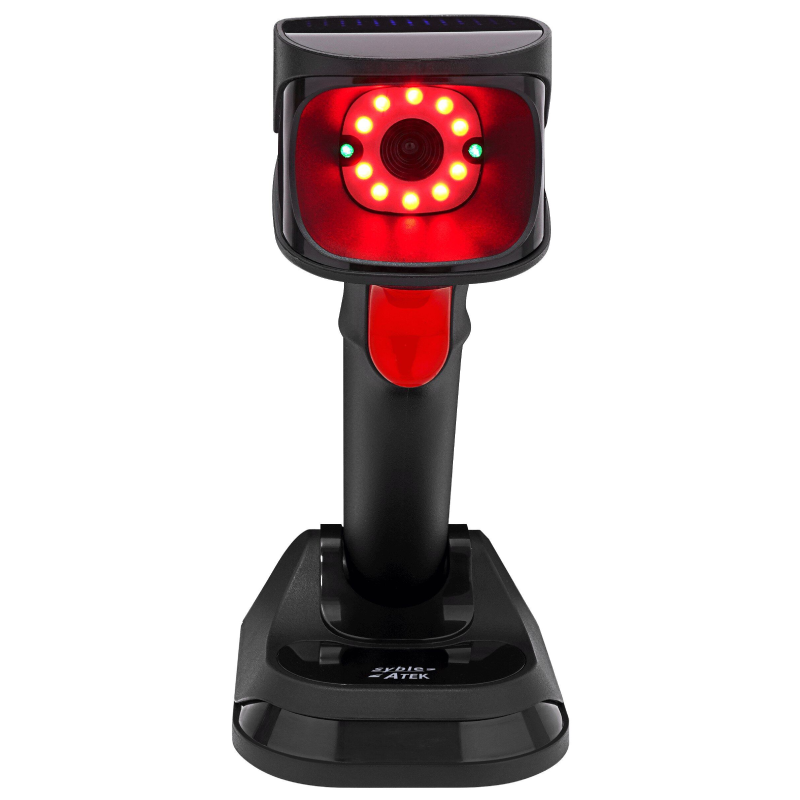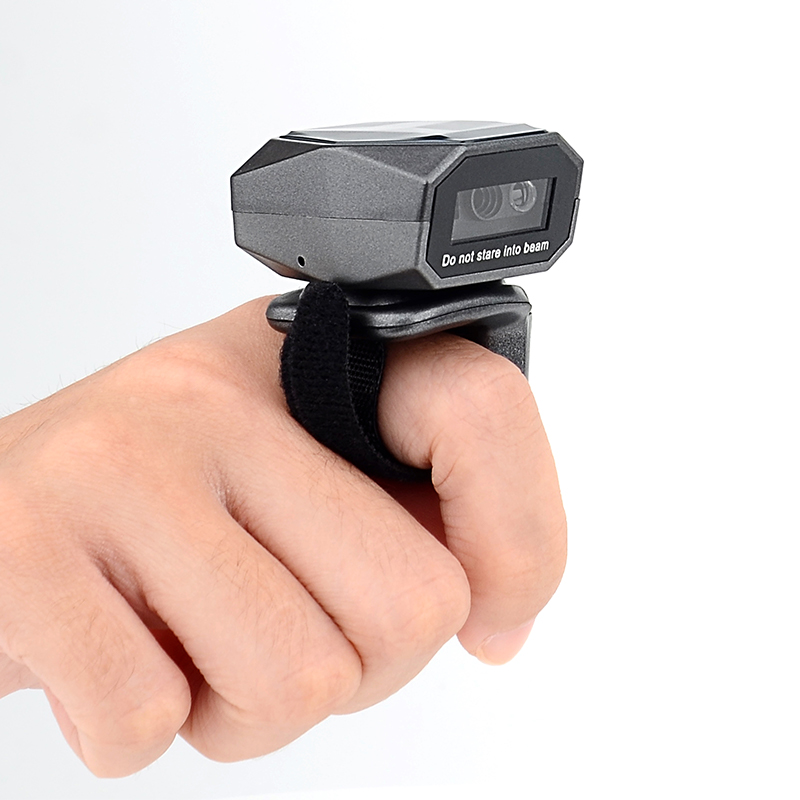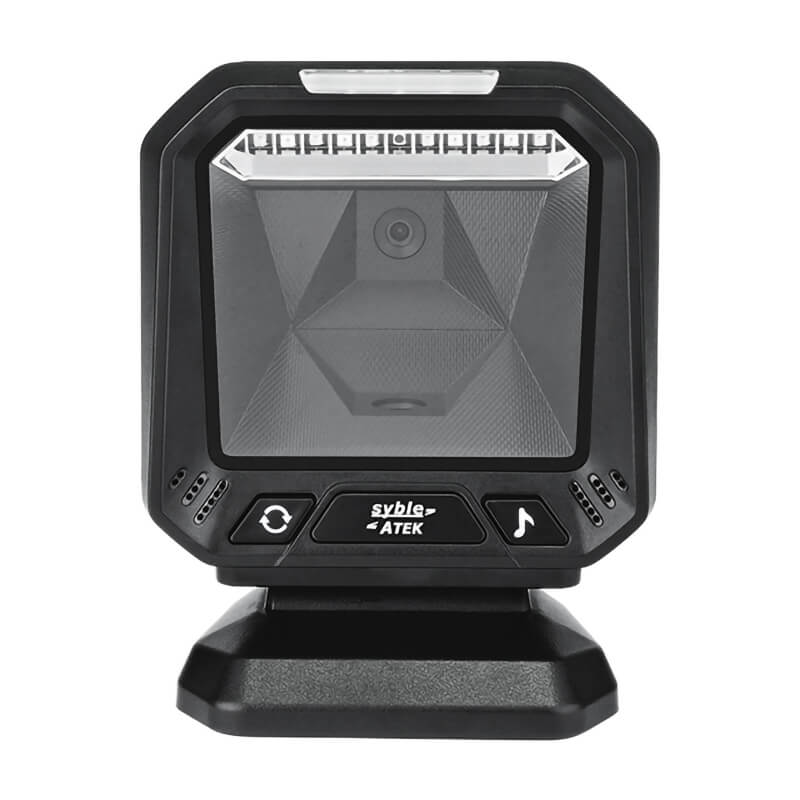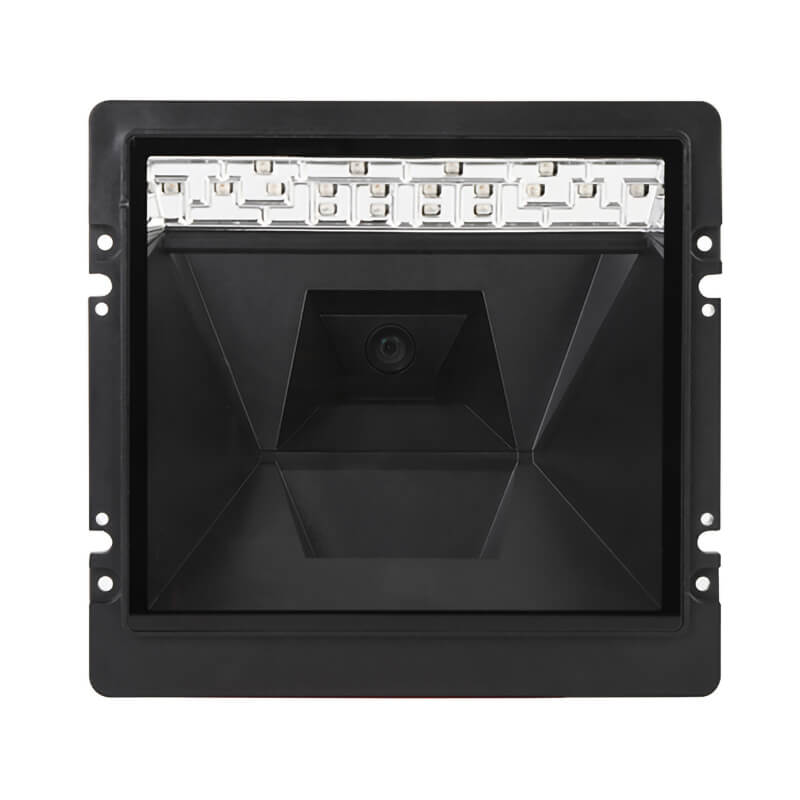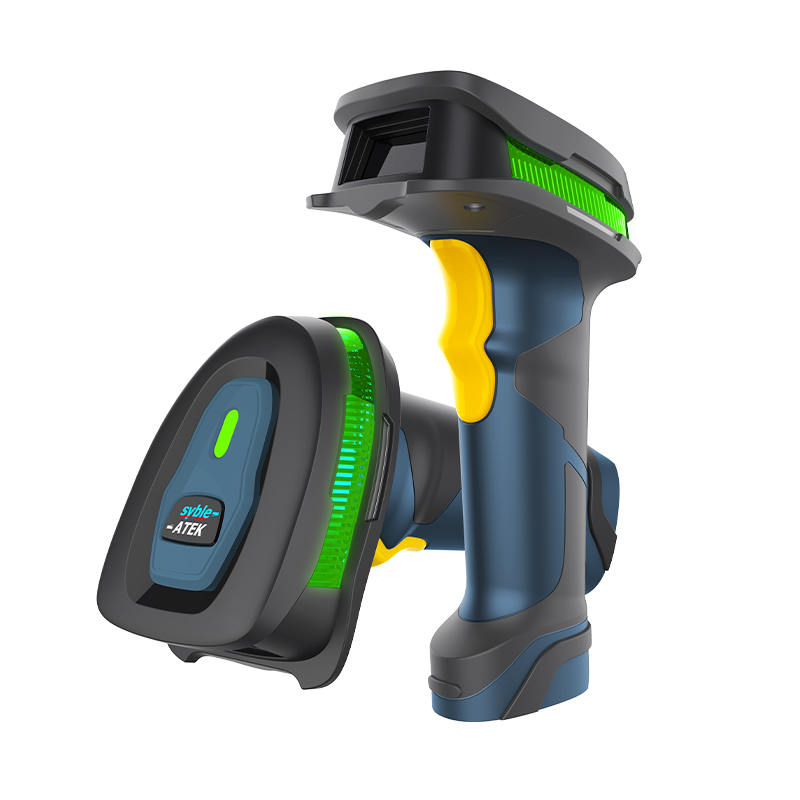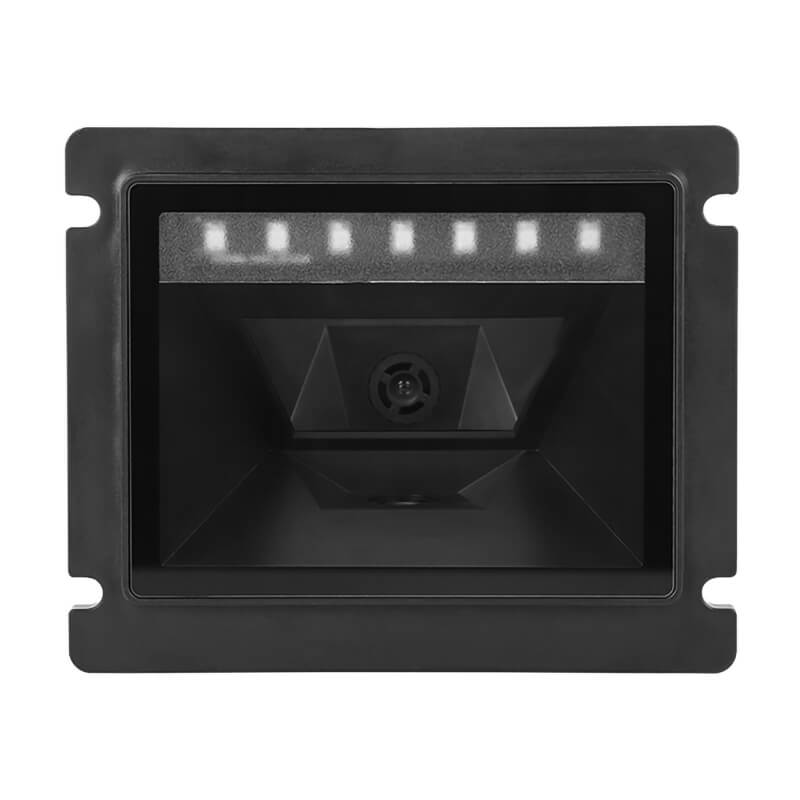Barcode scanners are essential tools in the retail industry, improving operational efficiency, enhancing customer experience, and ensuring accurate inventory management. Below are key applications of barcode scanners in retail:
1. Point-of-Sale (POS) Transactions
- Role: Scanners are used to scan the barcodes on products during checkout, enabling fast and accurate price and product identification.
- Benefits: Barcode scanning speeds up the checkout process, reduces human error, and enhances the customer shopping experience.
- Example: A cashier uses a barcode scanner to quickly scan items, automatically calculating prices and updating the store's inventory in real-time.
2. Inventory Management
- Role: Barcode scanners are used to track inventory levels, manage stock, and update product databases in real-time.
- Benefits: Retailers can easily monitor stock levels, reduce inventory discrepancies, and ensure shelves are stocked with high-demand products.
- Example: Warehouse employees use handheld barcode scanners to perform regular stock counts, which are instantly updated in the inventory management system.
3. Stock Replenishment
- Role: Barcode scanners help identify when stock is running low and trigger automatic replenishment requests.
- Benefits: This reduces the chances of stockouts, ensuring that popular products are always available to customers.
- Example: When scanning products during stocktaking, scanners can alert the system when inventory for a specific product falls below a predefined threshold.
4. Price Tagging and Price Checking
- Role: Scanners are used to quickly verify the price of products at the checkout counter or on the sales floor.
- Benefits: Barcode scanners ensure that the correct price is applied during purchases and reduce discrepancies between price tags and system data.
- Example: Shoppers or employees use barcode scanners to check the price of items on the store floor before making a purchase.
5. Customer Loyalty Programs
- Role: Scanners are often integrated with customer loyalty programs, where barcodes are used on customer membership cards to apply discounts, track points, and offer promotions.
- Benefits: These programs drive customer retention and increase sales by rewarding repeat customers.
- Example: A customer scans their loyalty card at checkout to earn points or redeem discounts based on their accumulated purchases.
6. Returns and Exchanges
- Role: Barcode scanners help process returns and exchanges by scanning the product's barcode and matching it to the original transaction.
- Benefits: This ensures a smooth returns process and prevents fraudulent returns by verifying the product's authenticity and original purchase.
- Example: When a customer returns an item, the cashier scans the barcode to confirm it matches the original sale and issue a refund or exchange.
7. Sales and Performance Analytics
- Role: Barcode scanners provide real-time sales data that can be used to analyze customer preferences, best-selling products, and store performance.
- Benefits: Retailers can make data-driven decisions regarding product placement, promotions, and stock management.
- Example: Store managers use scanned sales data to track the performance of specific product categories and adjust marketing strategies.
8. Cross-Docking and Shipping
- Role: Scanners assist in the cross-docking process by quickly scanning products as they arrive and depart the warehouse.
- Benefits: This improves efficiency in the distribution process, ensuring faster delivery times and reducing human error.
- Example: Scanners are used to track products that are received in the warehouse and shipped directly to retail locations without being stored in inventory.
9. E-commerce Fulfillment
- Role: Barcode scanners are integral to e-commerce fulfillment, ensuring accurate picking, packing, and shipping of online orders.
- Benefits: Scanners help prevent order mistakes and ensure the correct products are sent to customers, improving satisfaction and reducing returns.
- Example: Warehouse employees use barcode scanners to pick items for an online order, scanning each item to verify it matches the order details before packing.
10. Theft Prevention
- Role: Barcode scanners help reduce theft by tracking inventory in real-time and ensuring that the correct items are scanned during the checkout process.
- Benefits: Real-time tracking helps identify discrepancies and minimize shrinkage, while store security systems can be integrated with barcode data for loss prevention.
- Example: Electronic tags or RFID systems, integrated with barcode scanners, alert staff if an item is not properly scanned and paid for.
Conclusion
Barcode scanners are indispensable tools in retail, supporting various functions from point-of-sale transactions to inventory management and customer loyalty programs. Their ability to streamline processes, improve accuracy, and enhance the overall shopping experience makes them essential for modern retail operations. By adopting barcode scanners, retailers can optimize their workflows, reduce errors, and improve customer satisfaction.

